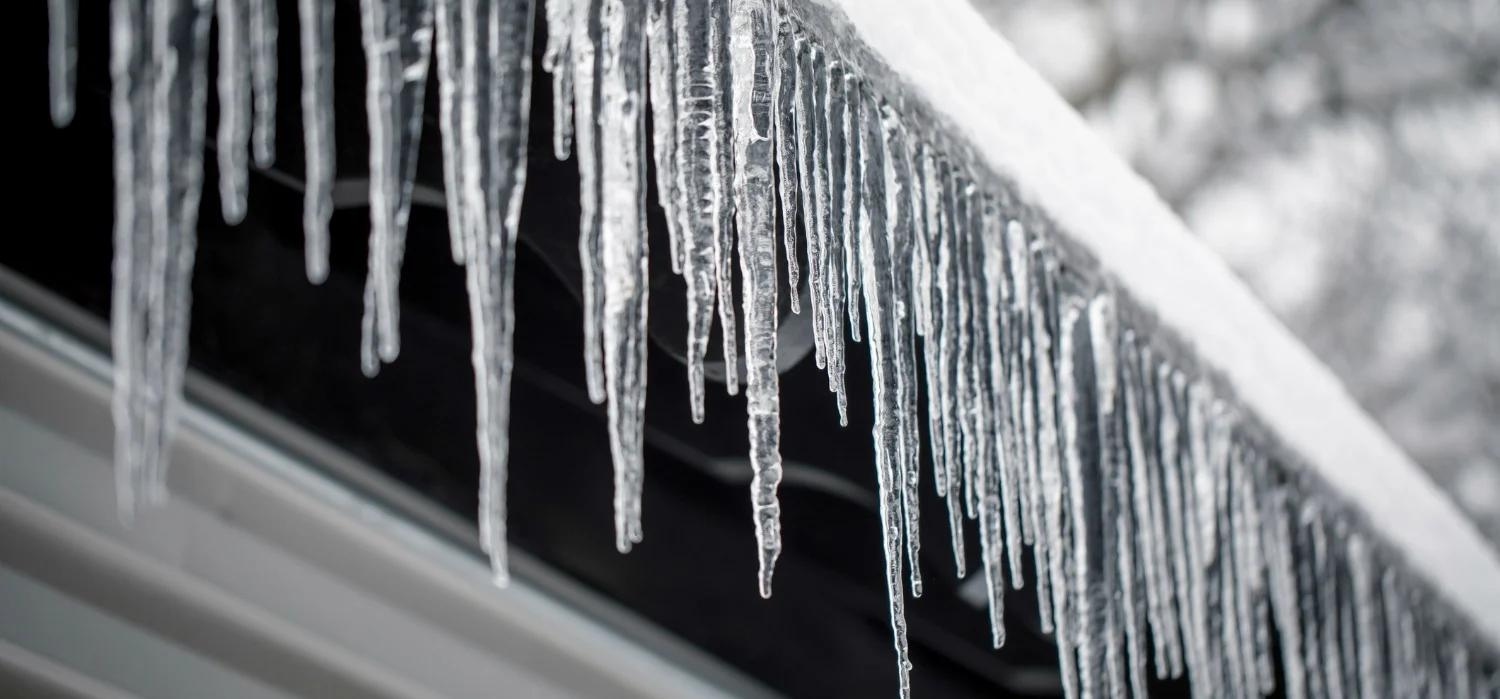

Articles
What Temperature Is Too Cold To Put On A Roof
Modified: December 7, 2023
Learn about the ideal temperature for roofing articles and avoid potential damage caused by extreme cold conditions. Discover what temperature is too cold to put on a roof for optimal results.
(Many of the links in this article redirect to a specific reviewed product. Your purchase of these products through affiliate links helps to generate commission for Storables.com, at no extra cost. Learn more)
Introduction
When it comes to roofing projects, temperature plays a crucial role in ensuring the success and durability of the installation. Whether you are installing a new roof or conducting repairs, it’s important to be aware of the temperature limits that roofing materials can withstand. Extreme temperatures, particularly cold weather, can have a significant impact on the performance and longevity of a roof.
In this article, we will discuss the factors that affect roofing temperature limits, the recommended temperature ranges for roofing applications, and the consequences of installing roofing materials in extremely cold temperatures. We will also explore the signs of damage caused by cold weather and provide some best practices and precautions for roofing in colder climates.
By understanding the impact of temperature on roofing projects and taking appropriate measures, you can ensure that your roof remains strong, resilient, and able to withstand the elements for years to come.
Key Takeaways:
- Extreme cold temperatures can lead to brittle, cracked roofing materials, poor adhesion, and voided warranties. It’s crucial to follow temperature guidelines and take precautions to ensure a successful, long-lasting roof installation.
- Signs of damage caused by cold weather include cracked shingles, damaged flashing, leaks, ice dams, and warped materials. Promptly addressing these issues can prevent further deterioration and protect your home from water infiltration.
Read more: What Temperature Is Too Cold To Mow Grass
Factors That Affect Roofing Temperature Limits
Several factors contribute to the temperature limits of roofing materials. Understanding these factors is essential to ensure the proper installation and performance of your roof.
1. Material Composition: Different roofing materials have varying temperature limits. For example, asphalt shingles have a relatively wider temperature range compared to clay tiles or metal roofing. It’s important to consult the manufacturer’s guidelines to determine the specific limits for your chosen roofing material.
2. Ambient Temperature: The external temperature during the installation or repair process can greatly affect the performance of roofing materials. Extreme cold temperatures can make certain materials brittle and prone to cracking, while extremely high temperatures can cause them to soften or melt.
3. Sun Exposure: The amount of direct sunlight a roofing material receives also affects its temperature limits. Dark-colored materials tend to absorb more heat from the sun, which can lead to expansion and thermal stress. On the other hand, light-colored or reflective materials can help mitigate heat absorption and minimize temperature-related issues.
4. Roof Design: The design and structure of the roof itself can impact the temperature limits. Factors such as slope, ventilation, insulation, and airflow influence how heat is dissipated or trapped within the roofing system. Proper ventilation and insulation can help regulate temperatures and prevent damage.
5. Installation Techniques: The installation methods and techniques employed by the roofing contractor play a significant role in ensuring the durability of the roof. Improper installation, such as using incorrect fasteners or inadequate sealing, can make the roof more susceptible to temperature-related issues.
By considering these factors, you can make informed decisions about the suitability of different roofing materials for your specific climate and take the necessary precautions to protect your roof from temperature-related damage.
Recommended Temperature Limits for Roofing Applications
While each roofing material has its own temperature limits, there are general guidelines to follow when it comes to installing or repairing roofs in various temperature ranges.
Typically, most roofing manufacturers recommend installation within a temperature range of 40°F (4°C) to 85°F (29°C). This temperature range allows the roofing materials to properly seal, bond, and set, ensuring a secure and long-lasting installation.
However, it’s important to note that specific temperature limits can vary depending on the type of roofing material. Here are some general recommendations:
- Asphalt Shingles: Asphalt shingles are commonly used in residential roofing. They have a wider temperature range for installation, usually between 45°F (7°C) and 85°F (29°C). Below 45°F (7°C), the shingles can become brittle and difficult to handle, while above 85°F (29°C), they may become too soft and prone to damage.
- Metal Roofing: Metal roofing materials, such as steel or aluminum, can be installed in colder temperatures, usually around 32°F (0°C) or above. However, extreme cold temperatures may affect the flexibility and rigidity of the metal, making it more challenging to work with.
- Clay or Concrete Tiles: Clay or concrete tiles have a higher temperature threshold and can typically be installed between 40°F (4°C) and 100°F (38°C). However, precautions should be taken in extremely cold temperatures to prevent cracking.
- Flat Roofing Materials: Flat roofing materials, such as EPDM or TPO membranes, also have specific temperature limitations for installation. Typically, the recommended temperature range is between 40°F (4°C) and 100°F (38°C).
It’s important to consult the manufacturer’s guidelines for the specific temperature limits of the roofing material you are using. Additionally, keep in mind that extreme weather conditions, such as high humidity or strong winds, can impact the installation process and may require additional precautions or adjustments.
By adhering to the recommended temperature limits, you can ensure that your roofing materials are properly installed, minimizing the risk of future damage and maximizing the lifespan of your roof.
Consequences of Installing Roofing Materials in Extremely Cold Temperatures
While some roofing materials can withstand colder temperatures to a certain extent, it is generally not advisable to install or repair roofs in extremely cold weather. Here are some consequences that can occur when roofing materials are installed in frigid conditions:
- Brittleness and Cracking: Low temperatures can cause roofing materials to become brittle and prone to cracking. This is especially true for materials like asphalt shingles, clay tiles, and some types of membranes. When the materials become brittle, they are at a higher risk of breaking during installation or when exposed to any external stress, such as heavy snow load or strong winds.
- Poor Adhesion: Cold temperatures can affect the adhesion process of roofing materials, such as adhesives, sealants, and hot-applied membranes. Improper adhesion can lead to gaps, leaks, and insufficient sealing, compromising the integrity of the roof and increasing the risk of water infiltration.
- Reduced Flexibility: Certain roofing materials, like metal and plastic-based membranes, rely on flexibility to adjust to the roof’s movement. Extreme cold temperatures can cause these materials to lose their flexibility, making it challenging to maneuver and properly install them. This may result in poor alignment, inadequate fastening, and potential future performance issues.
- Voided Warranties: Many roofing manufacturers have specific temperature requirements for installation, and failure to adhere to these guidelines can void the warranty. Installing roofing materials in extremely cold temperatures may invalidate any warranties or guarantees, leaving you responsible for repairs or replacements.
- Inefficiency: Cold weather can hinder the effectiveness of certain installation techniques and materials. For example, cold temperatures can prevent proper thermal activation of self-adhesive membranes, reducing their overall performance and compromising the roof’s ability to provide insulation and energy efficiency.
These consequences not only compromise the quality and longevity of your roof but can also lead to costly repairs or premature replacement. Therefore, it is essential to wait for more favorable weather conditions when undertaking roofing projects in colder climates. Planning your roofing projects during milder seasons can help ensure a smoother and more successful installation process.
If the temperature is below 40°F (4°C), it is generally too cold to apply roofing materials such as shingles or adhesives. Cold temperatures can affect the adhesion and performance of the materials. Always check the manufacturer’s guidelines for specific temperature recommendations.
Signs of Roofing Material Damage Caused by Cold Temperatures
Exposure to extreme cold temperatures can cause significant damage to roofing materials. It’s important to be aware of the signs of damage caused by cold weather so that you can address any issues promptly and prevent further deterioration. Here are some common signs to look out for:
- Cracked or Split Shingles/Tiles: Cold temperatures can cause roofing materials like asphalt shingles, clay tiles, or slate to become brittle and prone to cracking. Inspect your roof for any visible cracks, splits, or fragments of shingles or tiles that may have become dislodged.
- Missing or Damaged Flashing: Flashing is the metal or waterproof material installed at roof joints, valleys, and around chimneys or vents to prevent water infiltration. Extreme cold temperatures can cause flashing to become brittle or warp, compromising its effectiveness. Look for any missing or damaged flashing that may allow water to seep into the roof.
- Leakage or Water Stains: One of the most noticeable signs of roof damage is water leakage or visible water stains on the ceiling or walls. Cold temperatures can exacerbate existing roof leaks or create new ones due to the contraction and expansion of roofing materials. If you notice water infiltration, it’s crucial to address it promptly to prevent further damage to the interior of your home.
- Ice Dams: In regions with freezing temperatures, ice dams can form on the roof edges. Ice dams are the result of melting snow or ice refreezing at the lower edges of the roof. This can cause water to back up under the roofing material, leading to leaks and damage. If you observe ice dams, it’s important to take measures to remove them and enhance insulation to prevent future formation.
- Loose or Warped Roofing Materials: Cold temperatures can cause roofing materials to contract and expand, leading to loosening or warping. Inspect your roof for any lifted or misaligned shingles, tiles, or membrane sections. These issues can compromise the roof’s protective barrier and expose it to further damage.
- Frozen Gutters and Downspouts: Extremely cold weather can cause gutters and downspouts to freeze. This prevents the proper drainage of water, leading to backup and potential damage to the roof and the foundation of your home. Ensure your gutters and downspouts are clear of ice and debris to prevent these issues.
If you notice any of these signs of roofing material damage caused by cold temperatures, it’s essential to address the issues promptly. Contact a professional roofing contractor to assess the damage and recommend appropriate repairs or replacements. Taking swift action can help mitigate further damage and ensure the long-term integrity of your roof.
Read more: What Temperature Is Too Cold To Water Grass
Precautions and Best Practices for Cold Weather Roofing
Roofing projects in cold weather require special precautions to ensure the success and longevity of the installation. Here are some important precautions and best practices to follow when working on roofs in colder climates:
- Check Weather Forecasts: Before starting any roofing project, monitor the weather forecasts to choose a time period with relatively milder temperatures, less precipitation, and minimal wind. Extreme cold weather, heavy snow, or ice can significantly impact the installation process and compromise the integrity of the materials.
- Store Materials Properly: Cold temperatures can affect the performance and flexibility of roofing materials. Ensure that all materials are stored in a dry and temperature-controlled environment before installation. Avoid exposing materials to freezing temperatures, as this can cause materials to become brittle or lose their adhesive properties.
- Use Appropriately Rated Material: Opt for roofing materials that are specifically designed for cold weather installations. Check with manufacturers for products that have been tested and rated for lower temperature ranges. These materials are formulated to withstand the cold and maintain their performance characteristics in frigid conditions.
- Warm Materials If Needed: In extremely cold temperatures, certain materials may become stiff, making them challenging to work with. Consider using techniques like heating or pre-warming materials to improve their flexibility and ease of installation. However, be cautious not to overheat or damage the materials.
- Ensure Proper Ventilation: Proper roof ventilation is critical to prevent the build-up of moisture and condensation, which can lead to mold, rot, and structural damage. Cold weather can exacerbate ventilation issues. Ensure that your roof has adequate vents and airflow to regulate temperature and moisture levels.
- Take Safety Precautions: Cold weather can make roofing surfaces slippery and increase the risk of accidents. Ensure that you and your roofing team have appropriate safety equipment, such as non-slip footwear, harnesses, and fall protection gear. Take frequent breaks to warm up and stay hydrated during the installation process.
- Consult with Professionals: When in doubt, consult with experienced roofing professionals who are familiar with cold weather installations. They can provide guidance and expertise on choosing the right materials, techniques, and precautions for your specific climate.
By following these precautions and best practices for cold weather roofing, you can minimize the risk of damage, ensure a successful installation, and protect the longevity of your roof. Remember, it’s always better to postpone roofing projects if temperature conditions are extreme and can compromise the quality of the work. Safety and proper installation should always take precedence.
Conclusion
Roofing projects in cold weather require careful consideration and adherence to specific guidelines to ensure a successful outcome. Extreme cold temperatures can have detrimental effects on roofing materials and the overall integrity of the installation. By understanding the factors that affect roofing temperature limits and following recommended temperature ranges, you can minimize the risk of damage and ensure the longevity of your roof.
Installing roofing materials in extremely cold temperatures can lead to various consequences such as brittleness, poor adhesion, reduced flexibility, voided warranties, and inefficiency. These issues can compromise the quality and performance of the roof, leading to costly repairs or premature replacement.
It is essential to be aware of the signs of roofing material damage caused by cold weather, such as cracked shingles, damaged flashing, leaks, ice dams, and warped materials. Promptly addressing these issues can prevent further deterioration and protect the interior of your home from water infiltration.
When undertaking roofing projects in colder climates, it is crucial to follow precautions and best practices. Checking weather forecasts, properly storing materials, using appropriately rated materials, and ensuring proper ventilation are key steps in ensuring the success of the installation. It is also important to prioritize safety by having the necessary equipment and consulting with professionals when needed.
In conclusion, by understanding the impact of cold weather on roofing projects and following proper procedures, you can protect your investment and ensure that your roof remains strong, durable, and able to withstand the challenges of the elements for years to come.
Frequently Asked Questions about What Temperature Is Too Cold To Put On A Roof
Was this page helpful?
At Storables.com, we guarantee accurate and reliable information. Our content, validated by Expert Board Contributors, is crafted following stringent Editorial Policies. We're committed to providing you with well-researched, expert-backed insights for all your informational needs.
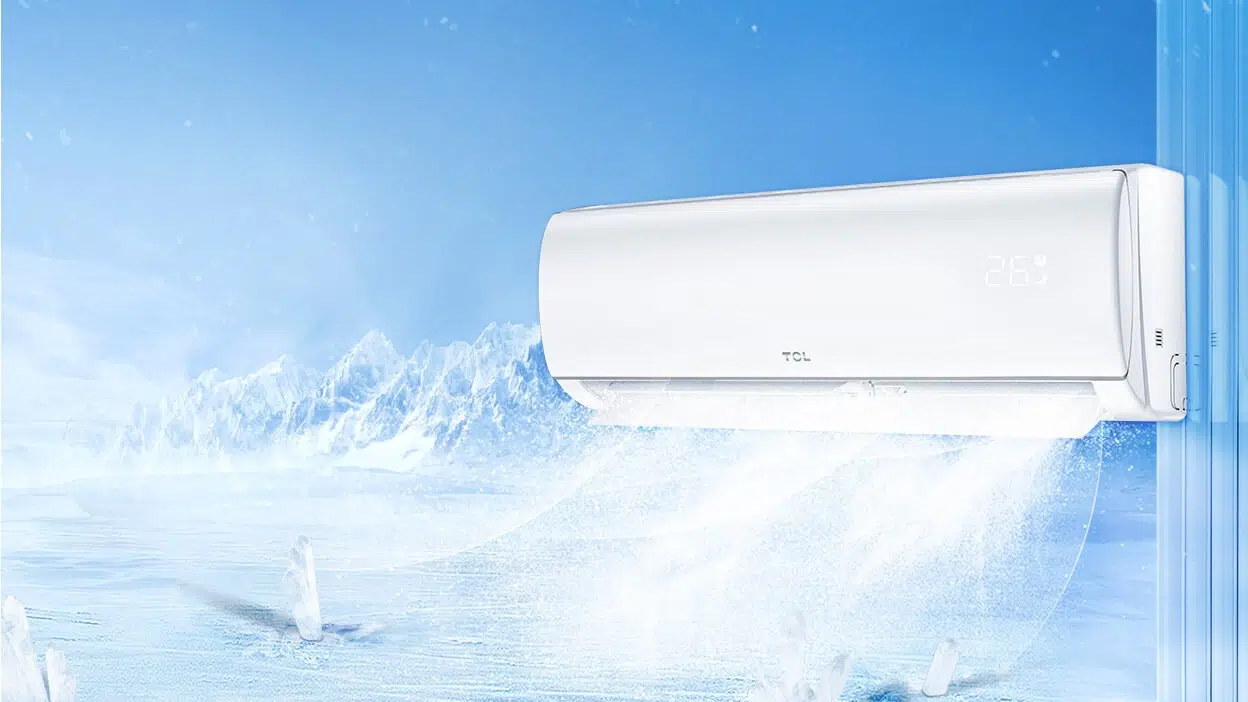


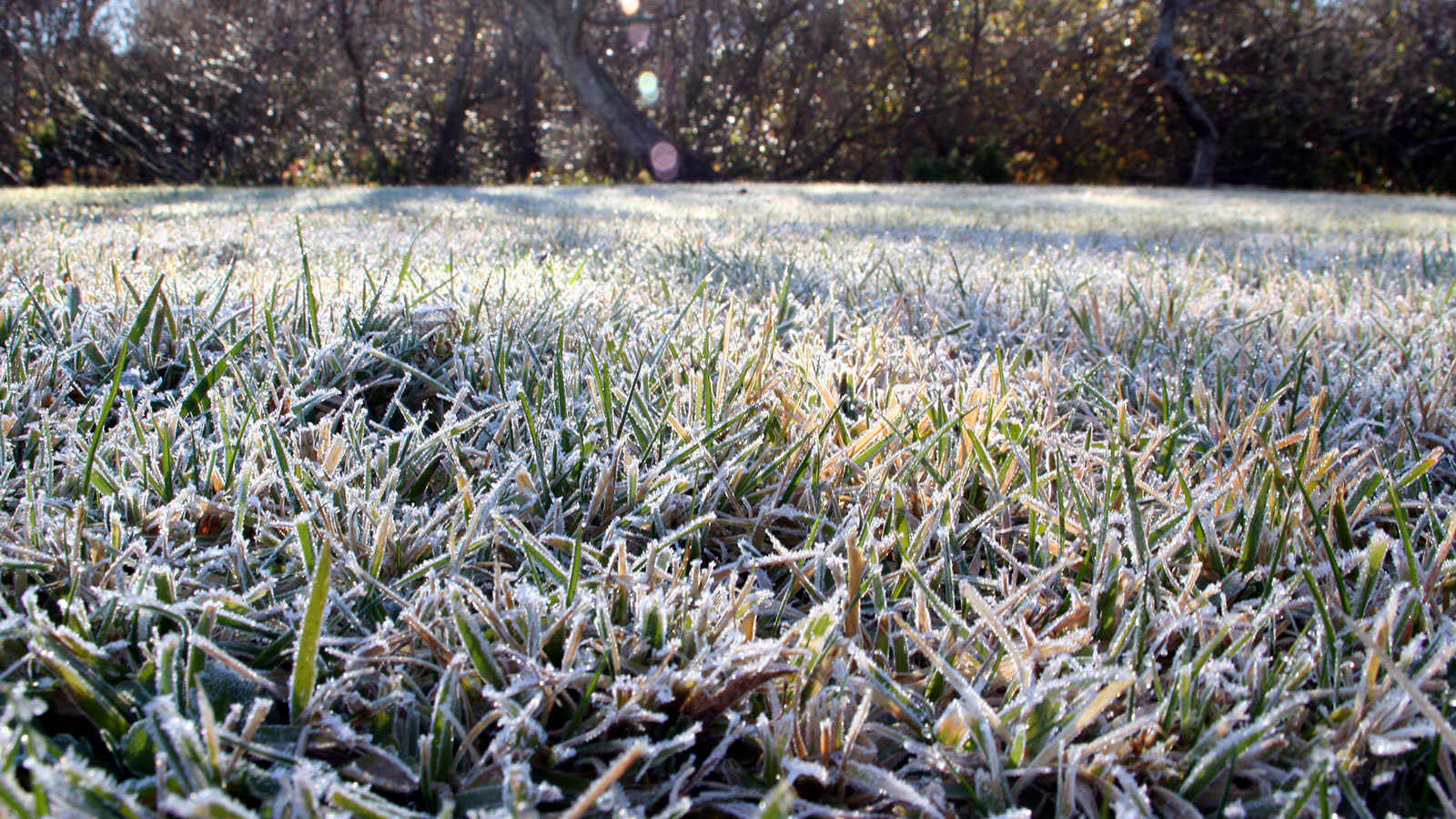


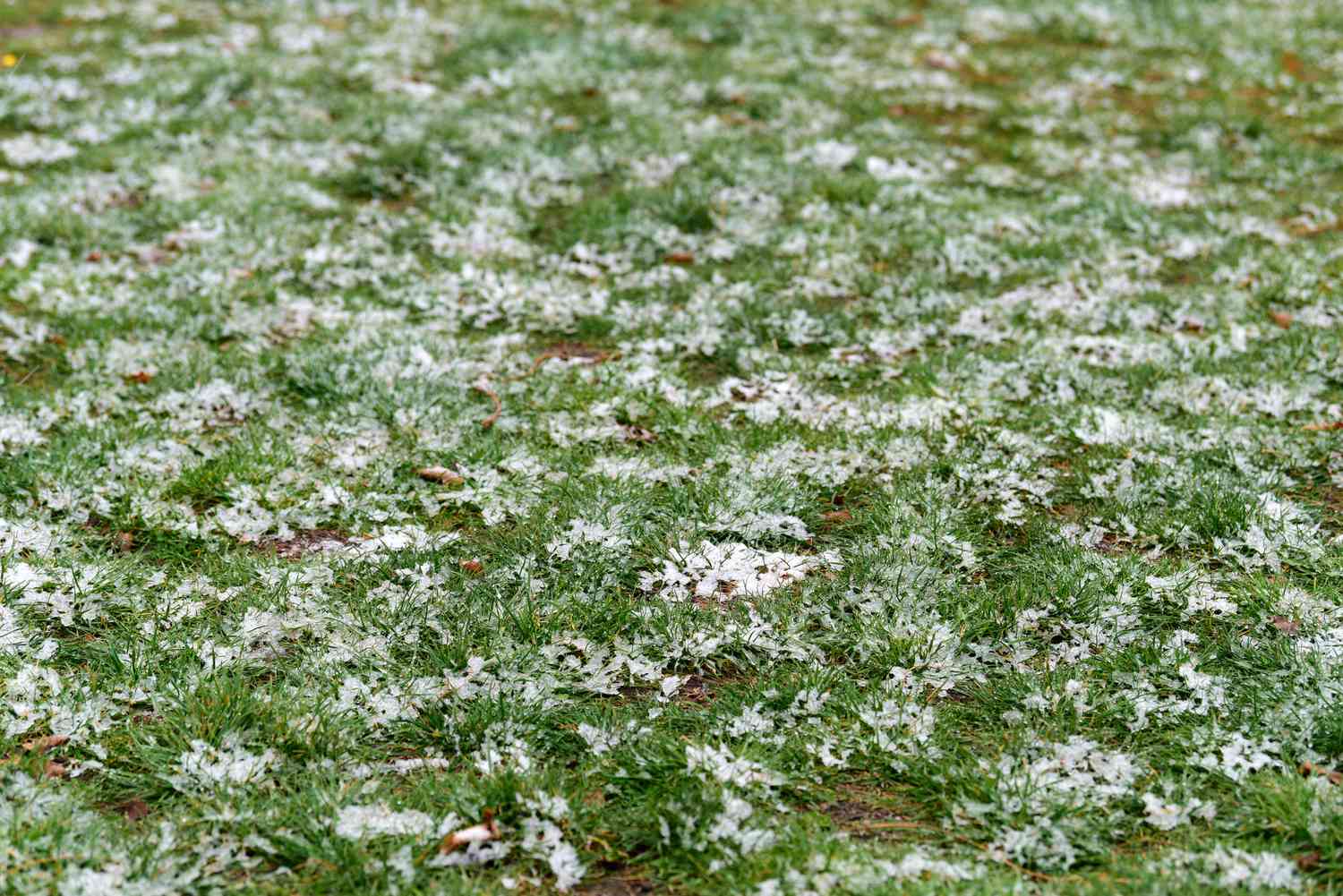
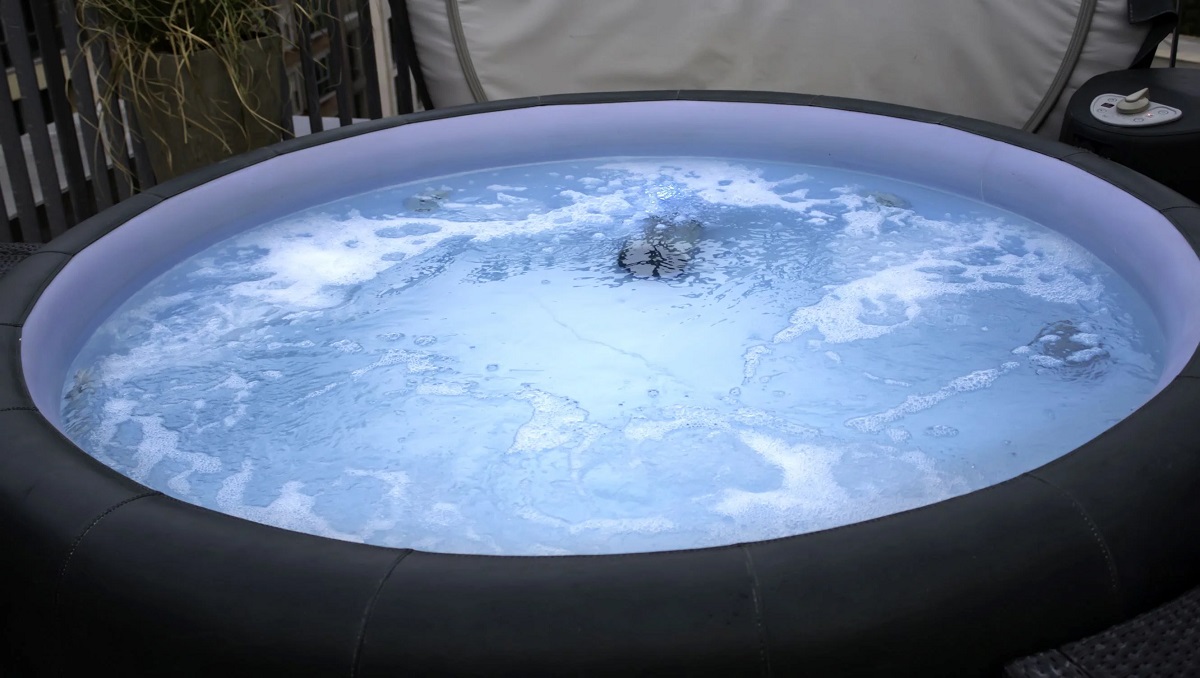

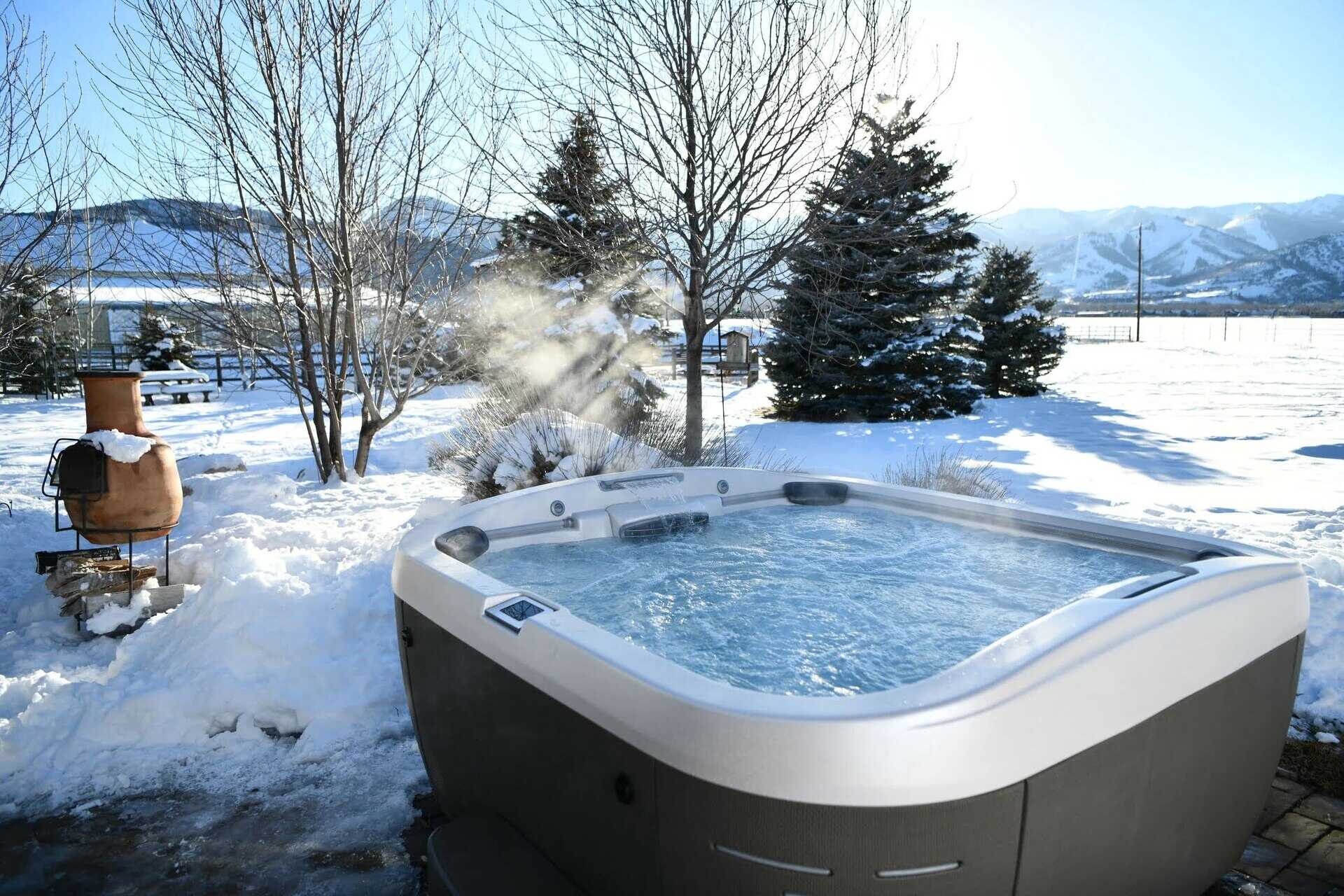
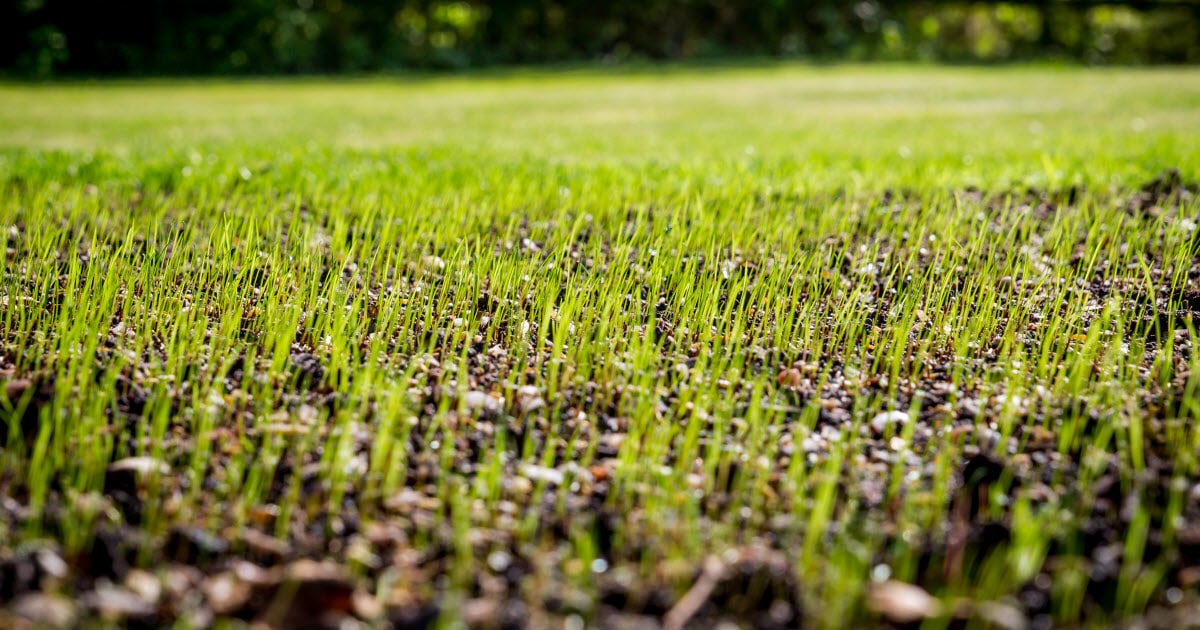
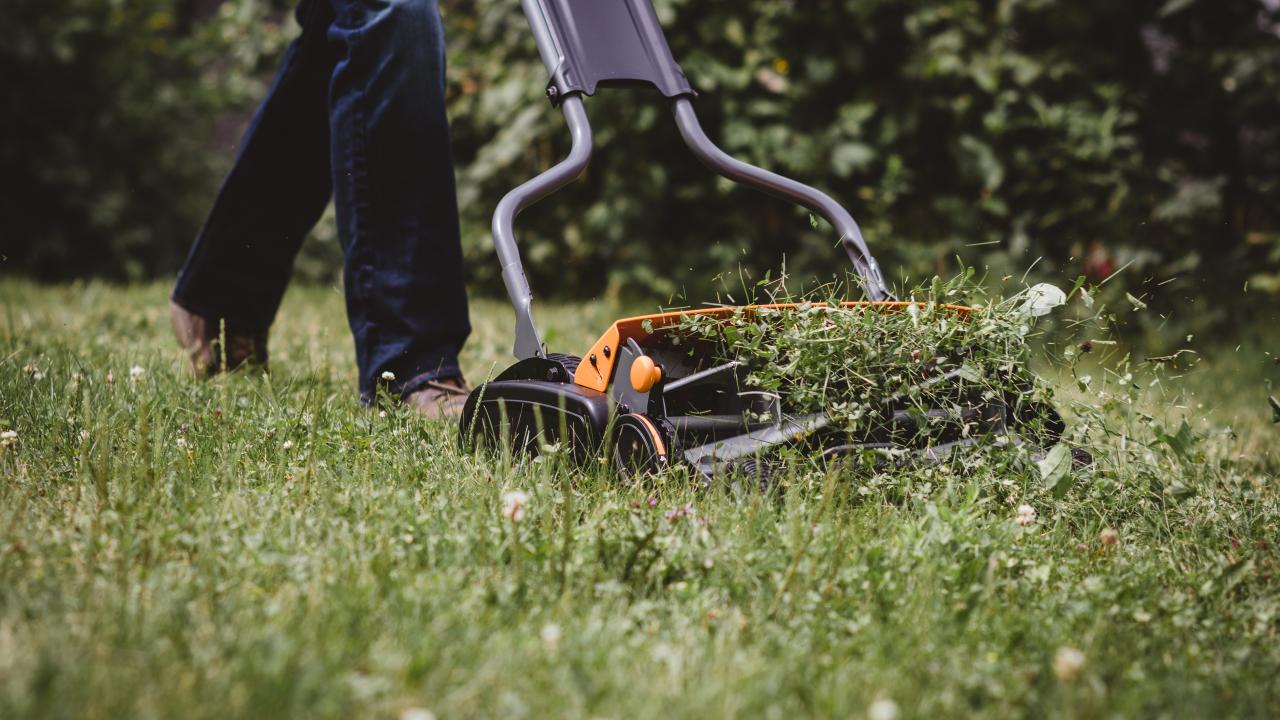
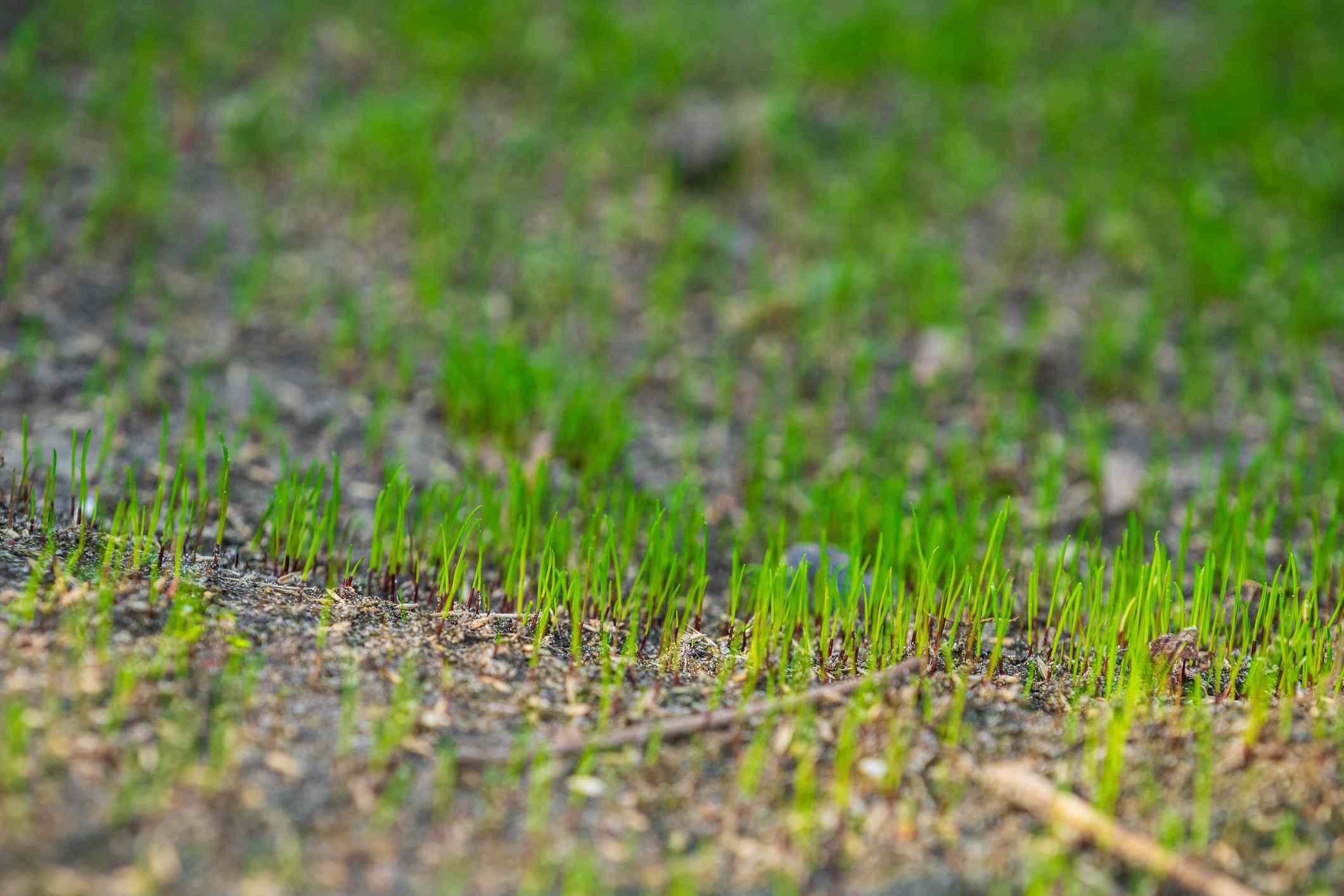
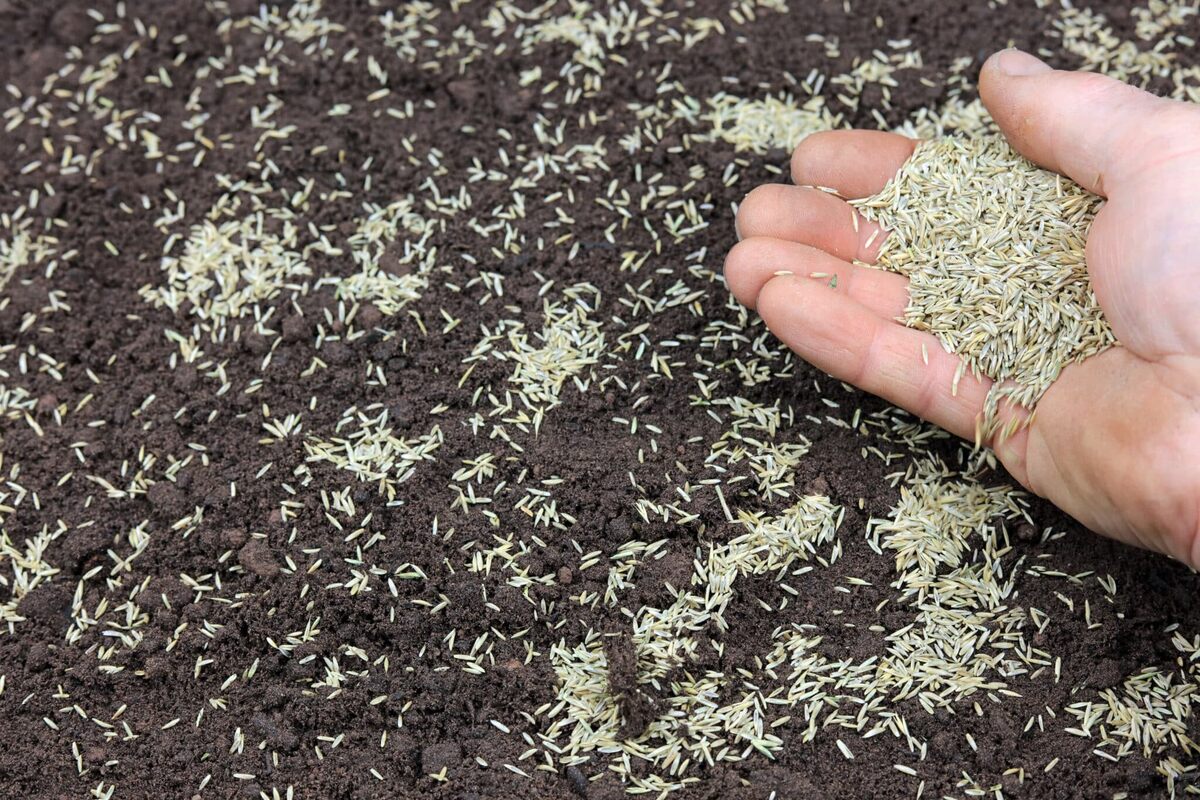

0 thoughts on “What Temperature Is Too Cold To Put On A Roof”